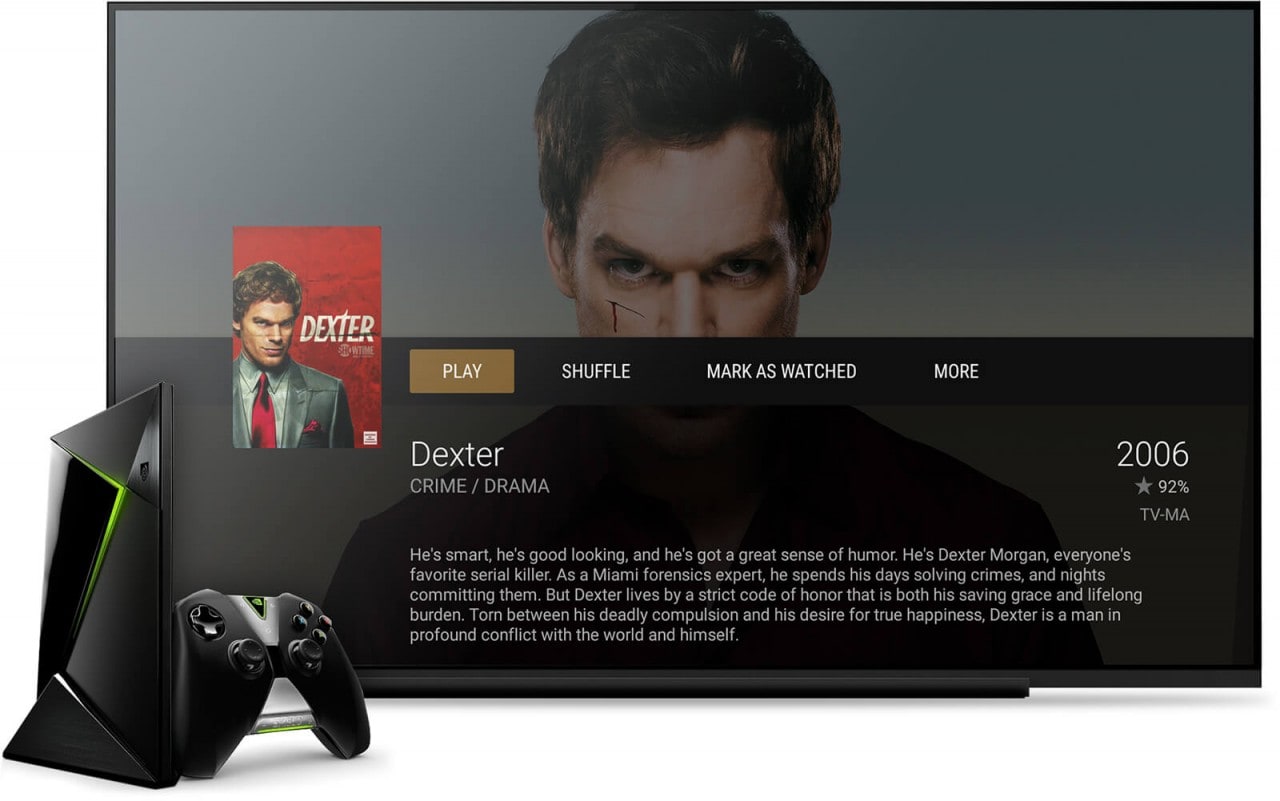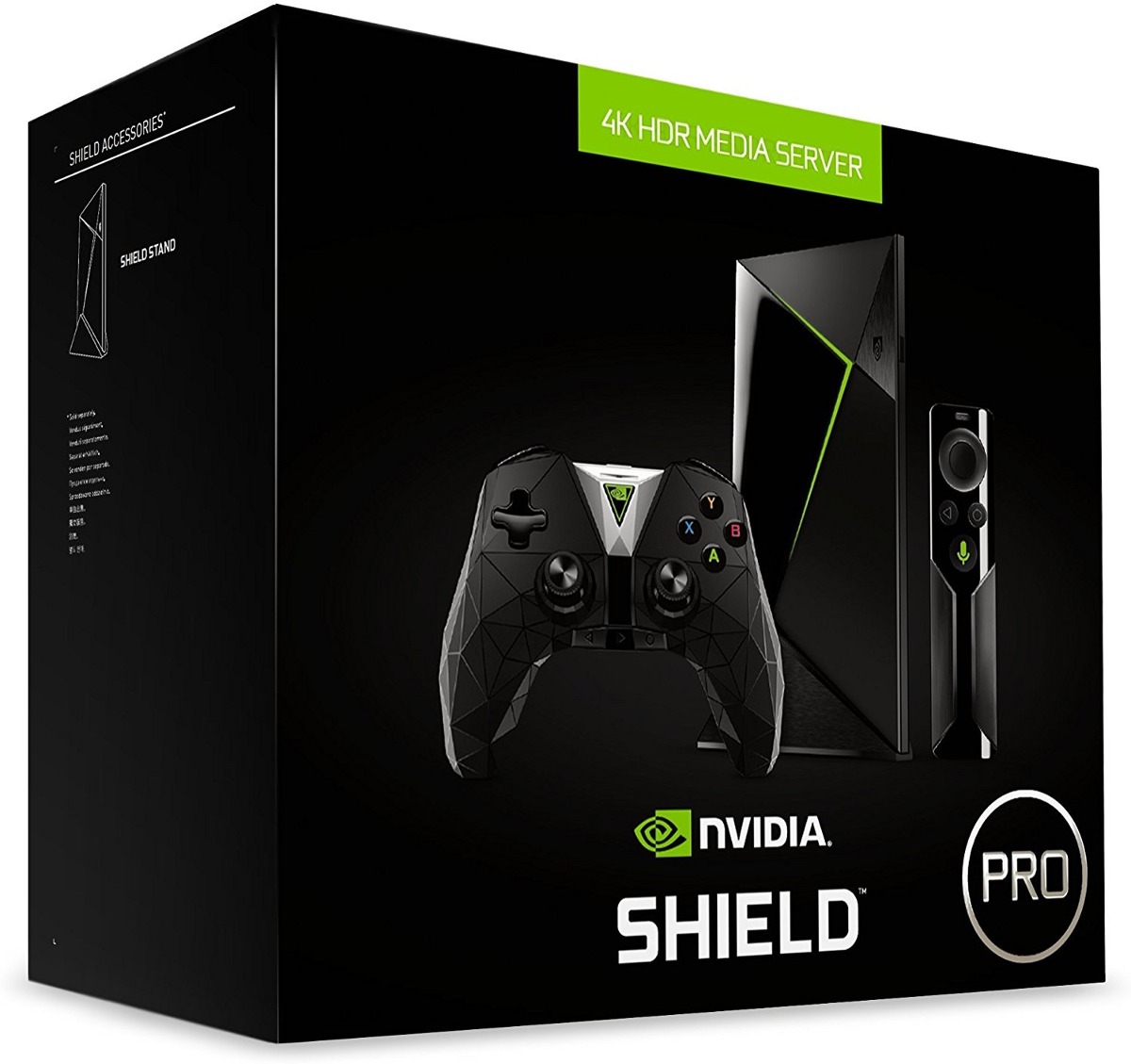


I have no clue how any of this adds up to me having buffering issues, the drives should be able to read plenty fast and the network should be plenty fast to transmit the data. I also installed a disk benchmark utility than scan the speeds at the various fill levels of the drive, and when the drives are empty, they have a read speed of about 300MB/s and when nearly full they go down to about 120MB/s. I have installed the docker container for an open-source self-hosted speed test on the Unraid server and have run a test from my Nvidia Shield and it yields less than 3ms of ping, 0.3 jitter, around 600Mb/s download and around 350Mb/s upload. While streaming, the Unraid server shows as uploading ~90Mb/s with spikes up to 120Mb/s. I have tried the Plex app for Android, I have also recently played around with Kodi and it’s various add ons for Plex (Plex for Kodi, Composite, and PlexKodiConnect) and the issue always seems to be present. So the issue is that when I am streaming one of the higher quality 4k remuxes (~80Mbps for 4k hdr + ~5Mbps for lossless audio) I am constantly running into buffering issues even though I am not doing any transcoding. I also have my main client as an Nvidia Shield TV Pro that is wired into one of the Orbi satellites.It is wired directly to the Orbi router that has wireless backhaul to the other 2 satellites. I have an Unraid server that hosts movies (mainly 4k remuxes) on x4 HGST HUH721212ALE600 drives using a Plex server primarily.Or better yet, pick up a NAS and a couple of huge hard drives. You’ll also want to pick up a hefty hard drive (or two) to hold all your digitized movies. And thanks to its mobile processor setup, it’s more energy efficient to run all the time too. But at the same time, it’s also far less expensive than a full computer system dedicated to just streaming your stuff. At $200 on average (sales do happen!), it’s not a coffee and snacks level of money.

How easy is it? The hardest part of the Plex hardware itself will be buying the Nvidia Shield Pro. Update, 11/30/21: Verified all content and links are still good. But with an Nvidia Shield Pro, it couldn’t be easier to set up your own Plex server. It used to be that getting the hardware together was either expensive, complicated, or both. Setting up a Plex server is like creating your own personal Netflix for the stuff you own. And that’s why you should consider digitizing them and creating a Plex server. If you own a ton of DVDs, digging them out to watch a movie or show you love can be painful.


 0 kommentar(er)
0 kommentar(er)
